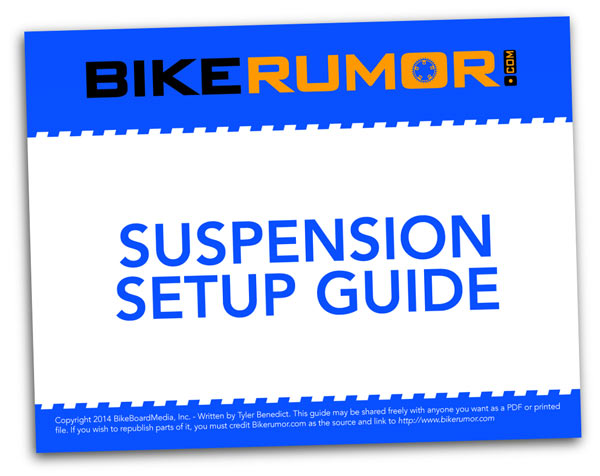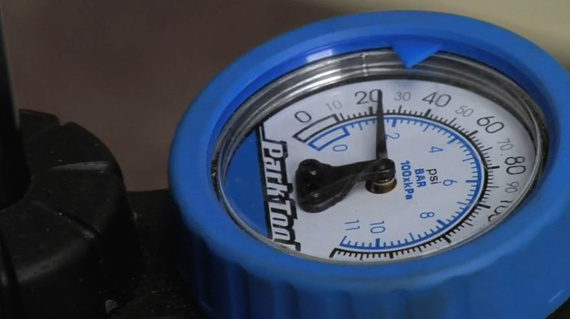Nickolp1974
Active member
So whats the most cost effective way to improve the suspension on the Levo comp alloy?? I don't do big jumps or anything like that, chunky trails mainly. I think the grip 2 damper can be installed in the 36 Rhythm??? is a coil conversion better??? what about the rear, never had a coil shock on any bike, what the best bang for buck way to go? read due to the levo's frame air shocks are stiffer, is that true? i know nothing about spring weights etc but im about 93kg fully kitted. The X2's are too much for me at this time otherwise i may of gone that way as my weight is like a YOYO!!!
Thanks for reading.
Thanks for reading.


